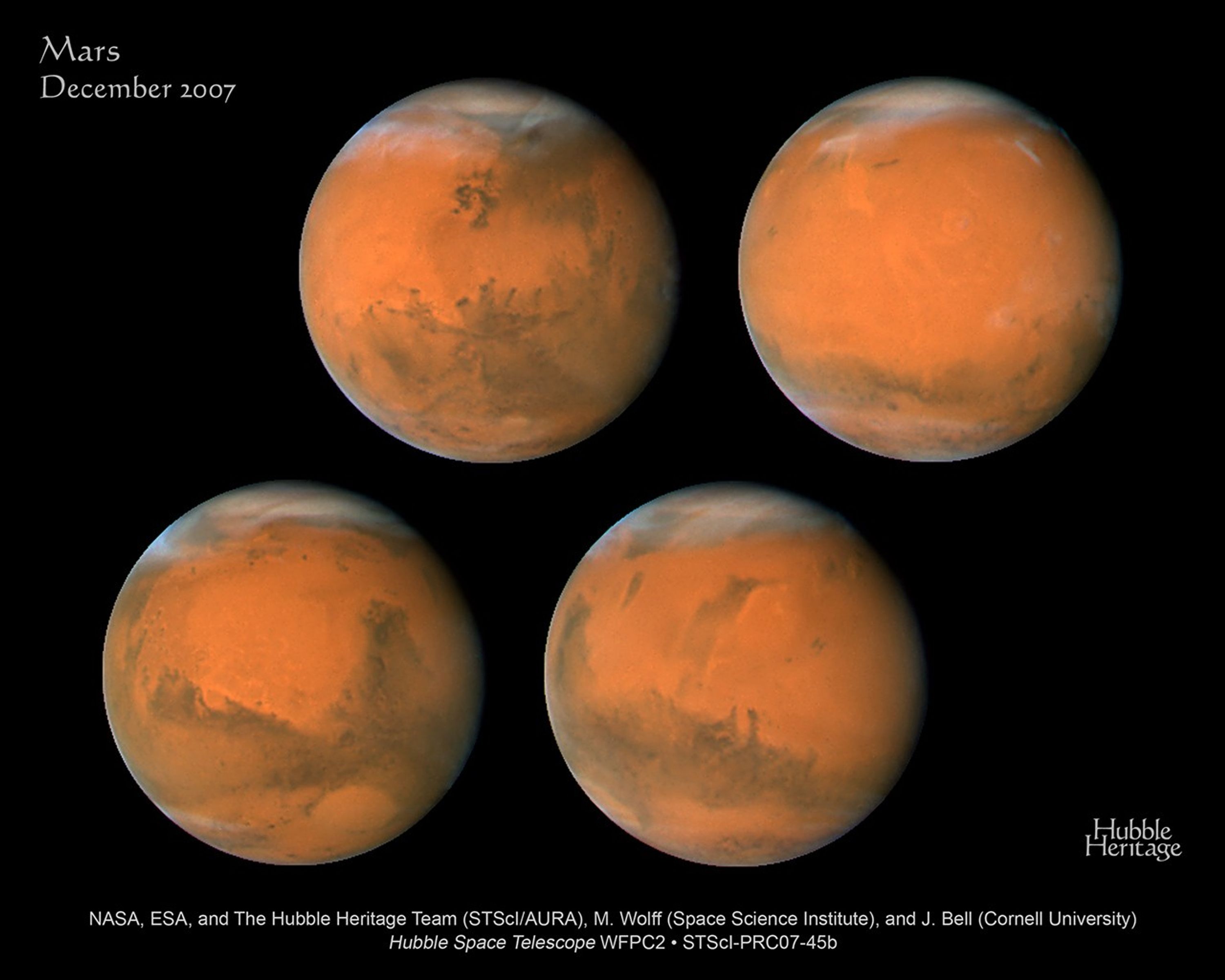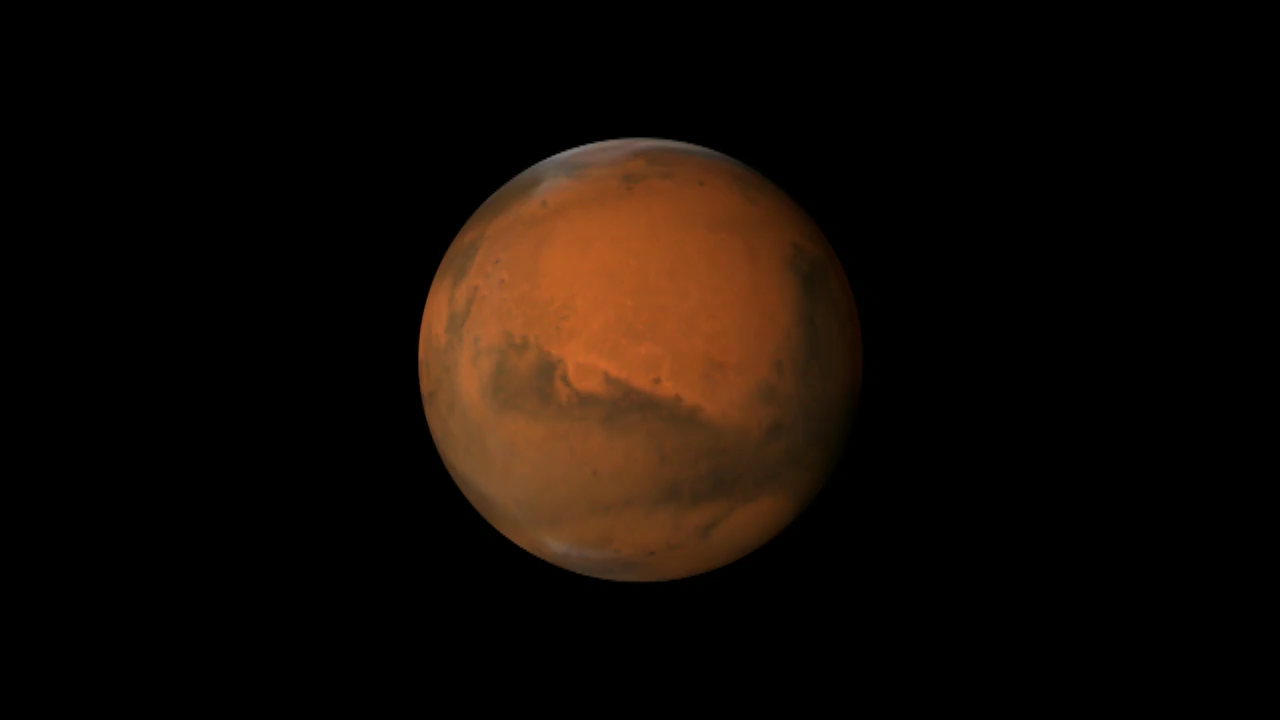1 min read
Mars Projection Map

About the Object
- DistanceDistanceThe physical distance from Earth to the astronomical object. Distances within our solar system are usually measured in Astronomical Units (AU). Distances between stars are usually measured in light-years. Interstellar distances can also be measured in parsecs.Distance from the Sun: The semi-major axis of Mars' orbit about the sun is 1.52 Astronomical Units (A.U.) or 142 million miles (228 million km). Distance from the Earth: At the December 18, 2007 closest approach, Mars was 55 million miles (88 million kilometers) from Earth.
About the Data
- Data DescriptionData DescriptionProposal: A description of the observations, their scientific justification, and the links to the data available in the science archive.
Science Team: The astronomers who planned the observations and analyzed the data. "PI" refers to the Principal Investigator.This image was created from the HST proposal 11361: K. Noll (The Hubble Heritage Team, STScI), J. Bell III (Cornell Univ.), M. Wolff (Space Science Institute), H. Bond, C. Christian, L. Frattare, F. Hamilton, Z. Levay, M. Mutchler, and W. Januszewski (Hubble Heritage Team, STScI). - InstrumentInstrumentThe science instrument used to produce the data.HST>WFPC2
- Exposure DatesExposure DatesThe date(s) that the telescope made its observations and the total exposure time.December 2007
- FiltersFiltersThe camera filters that were used in the science observations.F410M (410 nm), F502N (502 nm), and F673N (673 nm)
- Object NameObject NameA name or catalog number that astronomers use to identify an astronomical object.Mars
- Object DescriptionObject DescriptionThe type of astronomical object.Planet
- Release DateDecember 18, 2007
- Science ReleaseMars: Closest Approach 2007
- Credit

Blue: F410M Green: F502N Red: F673N
Related Images & Videos

Mars: Closest Approach 2007
NASA's Hubble Space Telescope took this close-up of the red planet Mars when it was just 55 million miles – 88 million kilometers – away. This color image was assembled from a series of exposures taken within 36 hours of the Mars closest approach with Hubble's Wide Field and...
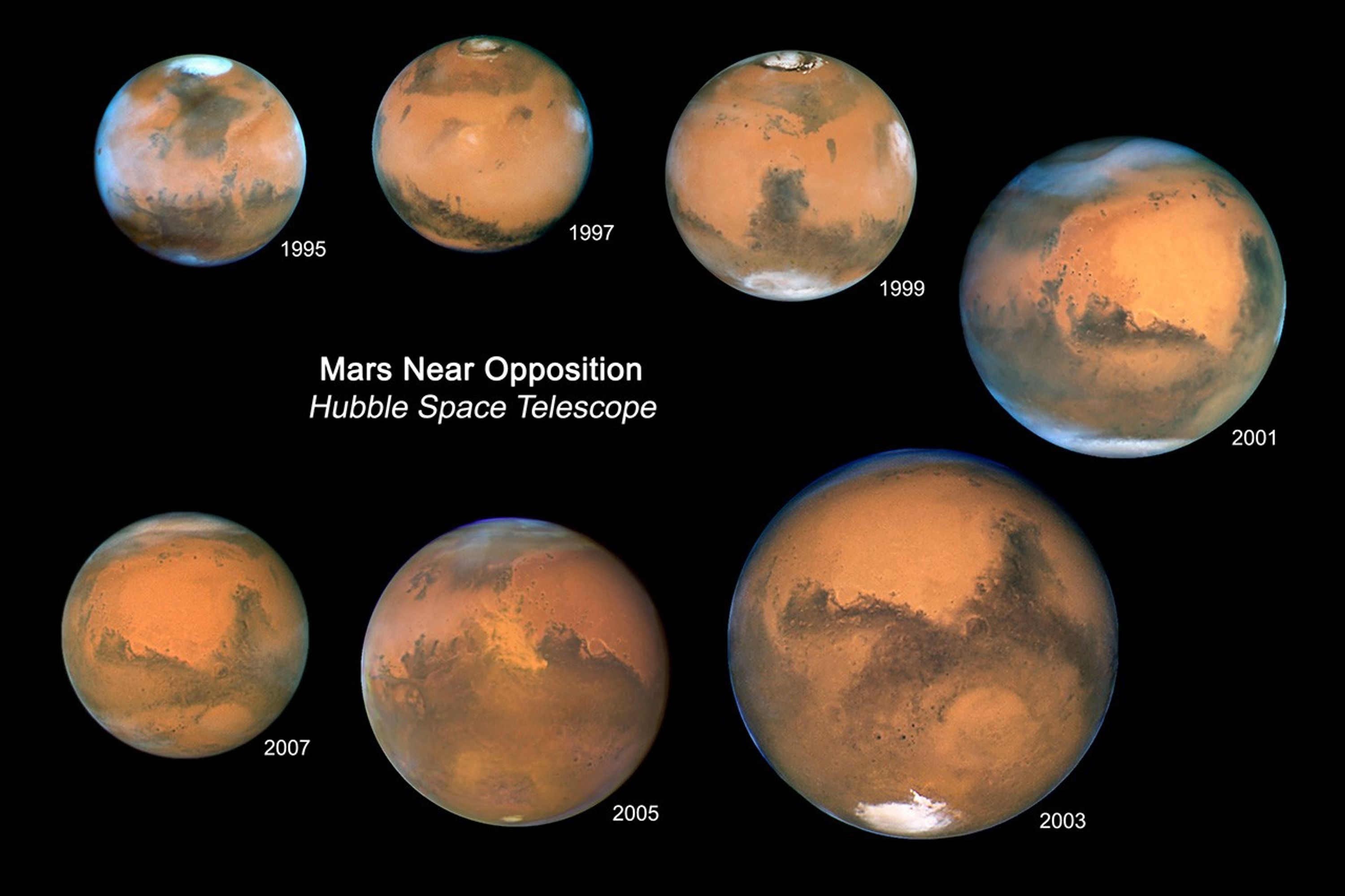
Mars Oppositions 1995-2007
Every 26 months Mars is opposite the Sun in our nighttime sky. Since 1995, Mars has been at such an "opposition" with the Sun seven times. A color composite from each of the seven Hubble opposition observations has been assembled in this mosaic to showcase the beauty and...
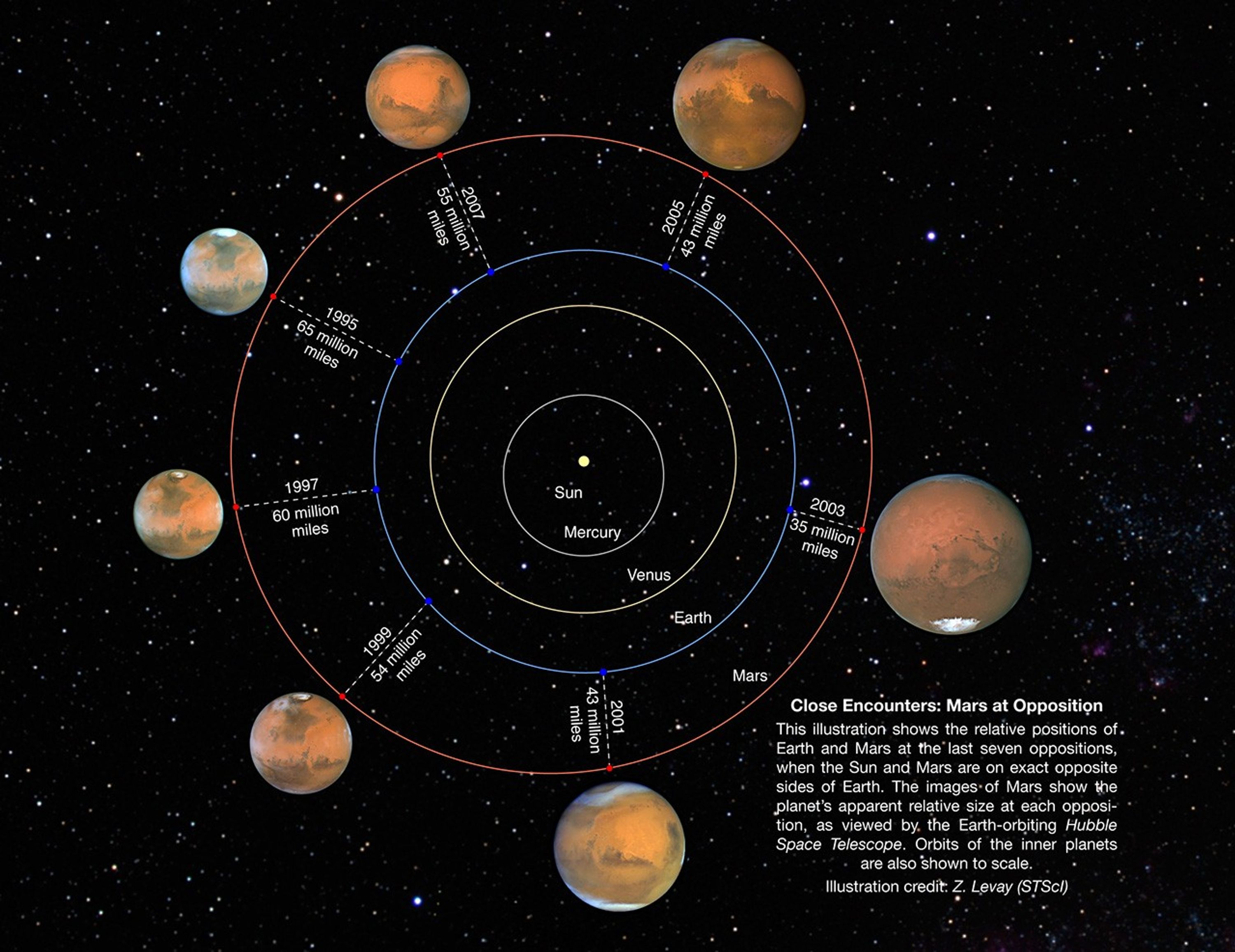
Relative Positions and Sizes for 1995-2007 Mars Oppositions
This illustration shows the relative positions of Earth and Mars at the last seven Martian oppositions from 1995 through 2007. Opposition occurs when the Sun and Mars are on exact opposite sides of Earth, resulting in a full-phase for Mars, similar to a full moon. The images of...

Ground-based Image of Mars, December 2007
Mars as seen in the night sky on December 8, 2007. Image was taken in southern Alberta, Canada (latitude of 51° N) by astrophotographer Alan Dyer. Mars, located in the constellation Gemini, is rising along the eastern horizon. Above it, portions of the winter Milky Way are...
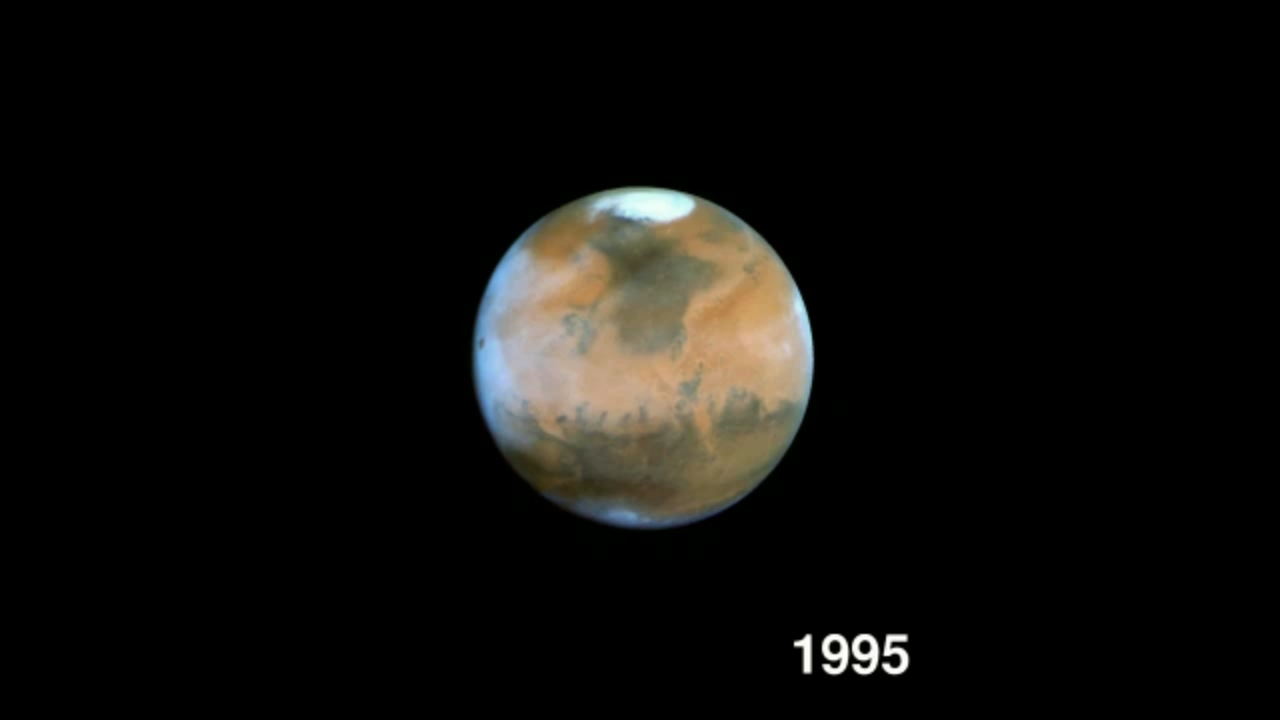
Mars at Opposition: 1995-2007
Every 26 months Mars is opposite the Sun as seen from Earth. Since the repair of the Hubble telescope in 1993, Mars has been in opposition with the Sun seven times. These dissolve sequences of each Mars opposition from 1995 to 2007 showcases the beauty and splendor that is the...
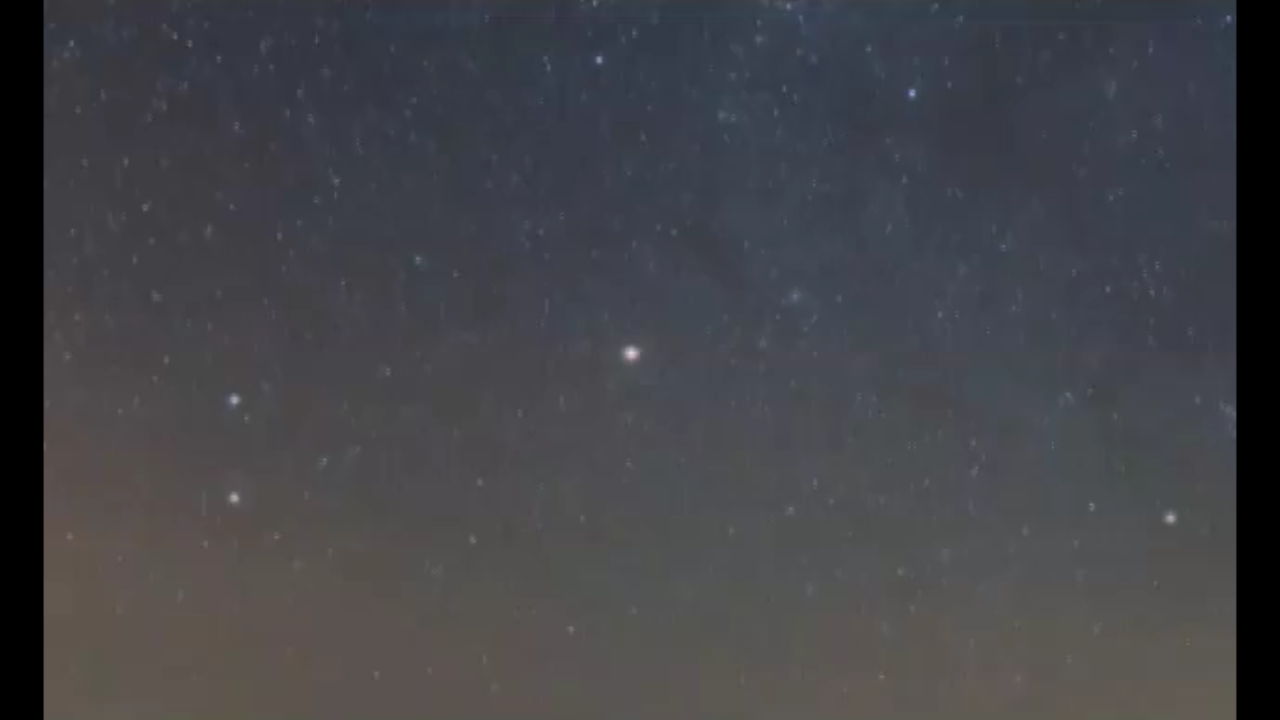
Close Encounters of the Red Kind
On December 18th, our planetary neighbor will be as close to us than at any time over the past two years. Almost a week later, on December 24th, the orbits of Earth and Mars will bring the two planets in alignment with the Sun during a phenomenon known as Mars Opposition....
Share
Details
Claire Andreoli
NASA’s Goddard Space Flight Center
Greenbelt, Maryland
claire.andreoli@nasa.gov

























